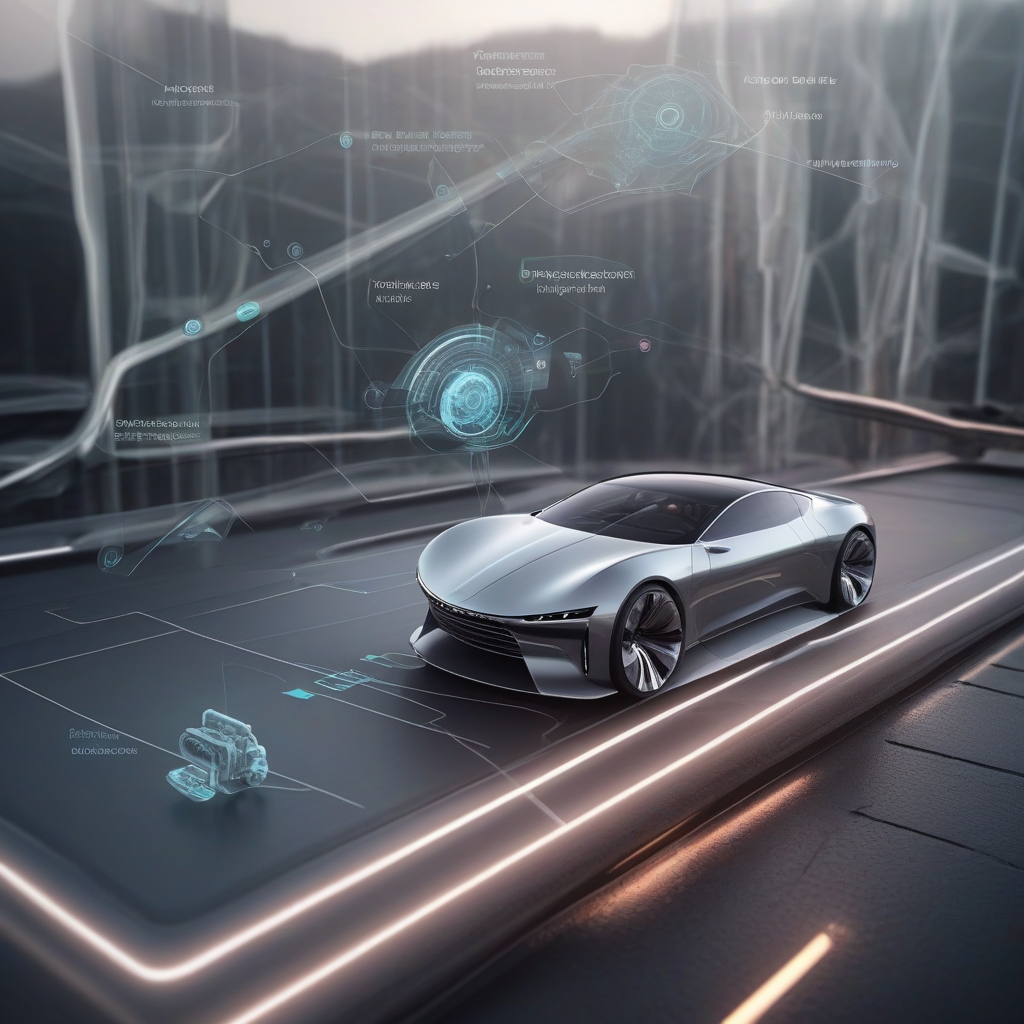Introduction to 3D Sensors in Automotive Technology
In the rapidly evolving landscape of automotive technology, the integration of 3D sensors has become a cornerstone for advancing automation and artificial intelligence (AI). These sensors, which perceive the world in three dimensions, provide vehicles with the capability to understand their surroundings with remarkable accuracy. The synergy between 3D sensor technology and AI is reshaping the modern vehicle, enhancing not only safety and efficiency but also the overall user experience.
The Role of 3D Sensors in Modern Vehicles
3D sensors are critical components in the development of autonomous vehicles and advanced driver-assistance systems (ADAS). They operate by collecting data regarding the vehicle’s environment and converting it into actionable information. Here’s how they are transforming the automotive industry:
- Real-Time Environment Mapping: 3D sensors enable real-time mapping of a vehicle’s surroundings, facilitating navigation and obstacle detection. This capability is essential for the safe operation of autonomous vehicles.
- Enhanced Safety Features: By providing precise distance measurements and detecting objects around the vehicle, 3D sensors contribute to features such as automatic braking, lane-keeping assistance, and adaptive cruise control.
- Improved User Experience: These sensors also enhance user interfaces within the vehicle, allowing for intuitive gesture controls and personalized settings influenced by the passenger’s position and proximity.
Types of 3D Sensors Used in the Automotive Industry
There are several types of 3D sensors utilized in vehicles, each offering unique benefits:
- LiDAR (Light Detection and Ranging): Utilizes laser beams to measure distances, creating a precise 3D model of the environment. LiDAR is renowned for its high accuracy and ability to function in diverse lighting conditions.
- Time-of-Flight (ToF) Sensors: Measure the time it takes for light to travel to an object and back, providing quick and accurate depth information. ToF sensors are widely used in gesture recognition systems.
- Stereo Vision Cameras: Mimic human binocular vision by using two cameras to capture images, which are then fused to infer depth. These sensors are economical and versatile.
The Impact of AI Empowered by 3D Sensor Technology
The marriage between 3D sensors and AI systems is a game-changer for the automotive industry. Here’s how AI enhances the capacities afforded by 3D sensors:
- Data Interpretation: AI algorithms are pivotal in interpreting the vast amounts of data collected by 3D sensors, transforming raw information into actionable insights. This allows vehicles to make informed decisions rapidly and accurately.
- Predictive Analysis: Through continuous learning and data analysis, AI can predict potential hazards and prevent accidents by anticipating the movements of objects and other vehicles.
- Customization and Learning: AI-driven systems learn from the driver’s behavior and preferences, enabling tailored assistance and improved interaction between humans and machines.
Applications of 3D Sensors Enhanced by AI
1. **Autonomous Driving:** The combination of 3D sensors and AI delivers heightened precision and reliability in autonomous vehicles, ensuring they navigate complex environments effectively.
2. **Driver Monitoring Systems:** AI leverages data from 3D sensors to monitor driver attentiveness, providing alerts or taking control if necessary to maintain safety.
3. **Personalized In-Cabin Experience:** AI uses 3D sensor inputs to create a personalized in-cabin environment, enhancing comfort and convenience for passengers through features like automatic seat adjustments based on individual preference.
The Future of 3D Sensors and AI in Vehicles
The potential for 3D sensors and AI in the automotive industry is immense and continues to grow as technology progresses. We can expect several advancements in the near future:
- Increased Autonomy: As 3D sensing and AI technology mature, vehicles will gain greater autonomy, moving closer to fully autonomous operation.
- Improved Cost-Efficiency: As production scales up, the cost of implementing sophisticated sensor technology will decrease, making advanced safety and convenience features more accessible to a broader audience.
- Enhanced Integration: Future vehicles will likely integrate 3D sensors and AI more seamlessly, resulting in systems that are more intuitive and effective.
Challenges and Considerations
While the benefits of integrating 3D sensors with AI are notable, there are challenges to address:
1. **Data Privacy and Security:** As vehicles become increasingly connected and data-driven, ensuring the privacy and security of the information gathered by 3D sensors is paramount.
2. **Technical Limitations:** Overcoming the technical limitations of sensor accuracy and AI prediction in adverse weather and complex urban environments is an ongoing challenge.
3. **Regulatory Hurdles:** Developing a robust regulatory framework that keeps pace with technological advancements is essential for the widespread adoption of these technologies.
Conclusion
The integration of 3D sensors and AI represents a significant milestone in the journey towards more intelligent and autonomous vehicles. As these technologies continue to evolve, they promise to revolutionize the way we perceive automotive safety, efficiency, and user engagement. Despite challenges, the synergy between 3D sensors and AI is poised to redefine the boundaries of what’s possible in modern automotive technology, steering us toward a future where driving is safer, more efficient, and highly interactive.

Leave a Reply